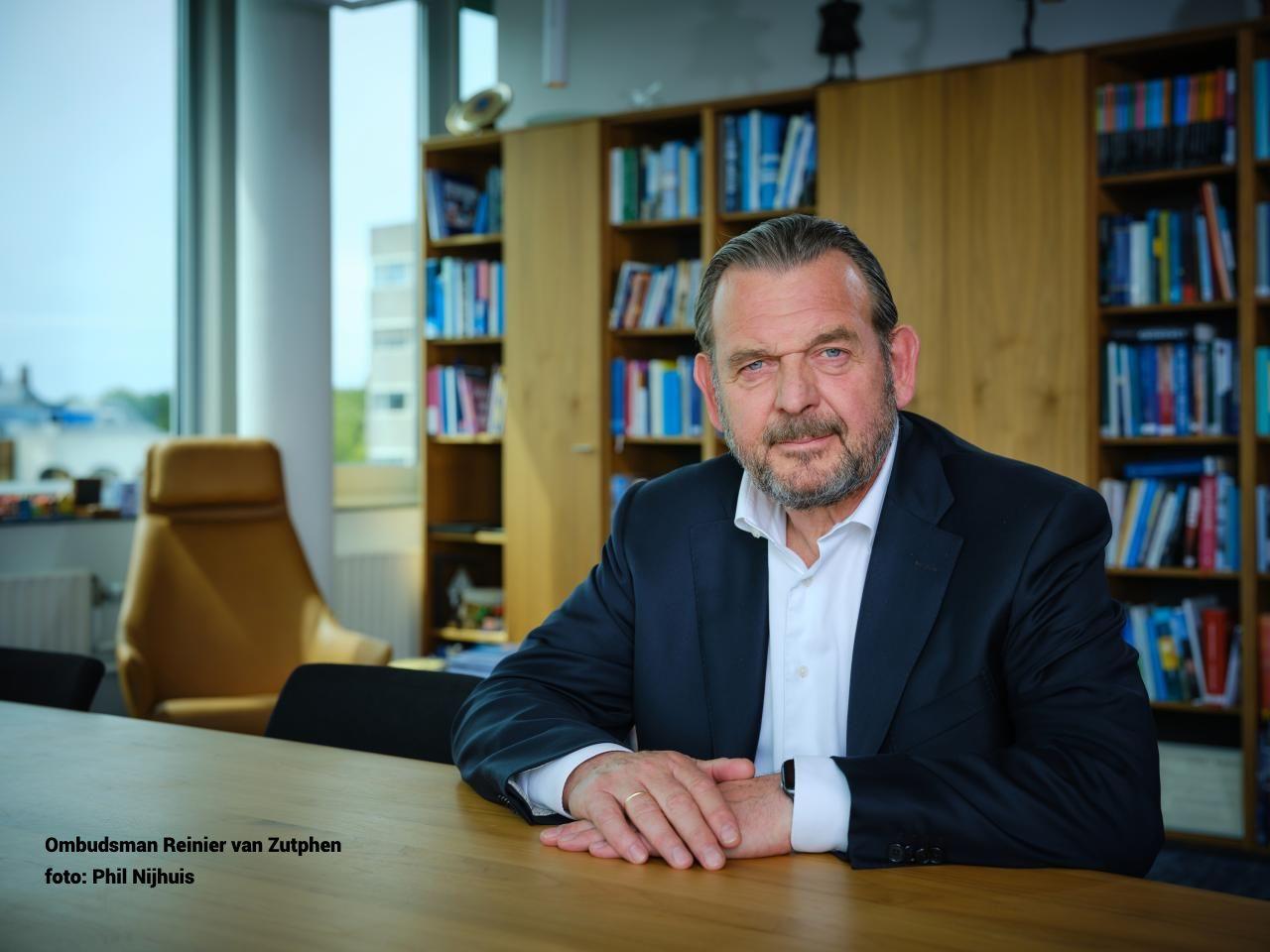When daylight saving time ends and the clock is set back one hour at the end of October, there is an increase in collisions with animals, especially roe deer. Therefore, the Province of South Holland will start an awareness and alertness campaign for road users at the end of October to reduce collisions with animals.
The roe deer population in South Holland has grown in recent years from over 2,000 roe deer in 2019 to over 3,000 in 2025. As a result, roe deer are found in more and more places in South Holland, including areas where these animals did not previously live. Consequently, the number of collisions has also increased significantly. In 2024, there were more than 250 collisions with roe deer. Beavers and fallow deer also collide with road traffic.
Reduce Speed
It is important that road users adjust their driving behavior by reducing speed. At a maximum speed of 60 km per hour, an animal has a chance to avoid a car or other vehicle. A collision with crossing wildlife is impactful for both the animal and the road user.
Increase in Collisions
When daylight saving time ends and the clock is set back one hour at the end of October, we see an increase in the number of collisions. Animals need time to adapt to our activities. That is why the campaign deliberately starts in autumn. With the awareness and alertness campaign, the province calls on people to be extra alert and adjust their speed.
Risk Areas
Most collisions occur in the Duin- en Bollenstreek, Goeree Overflakkee, Hoeksche Waard, Voorne, Putten, Alblasserwaard, Krimpenerwaard, the Dordrecht area, and the port area of Rotterdam. When a roe deer population expands, the animals may start to roam. Therefore, these roe deer also appear on the island of IJsselmonde, in the vicinity of the Oude Maas, and in the area around the Reeuwijk and Nieuwkoop Lakes.
More information about what road users can do to prevent collisions: zuid-holland.nl/overstekendwild.




